Esther Yuh
Noisy Student learning for cross-institution brain hemorrhage detection
May 03, 2021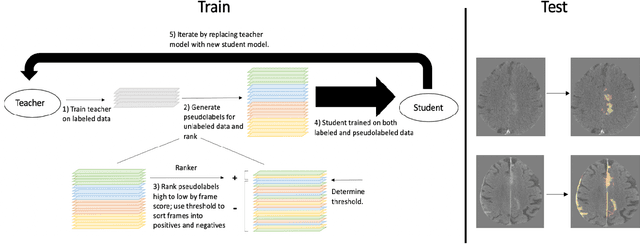



Abstract:Computed tomography (CT) is the imaging modality used in the diagnosis of neurological emergencies, including acute stroke and traumatic brain injury. Advances in deep learning have led to models that can detect and segment hemorrhage on head CT. PatchFCN, one such supervised fully convolutional network (FCN), recently demonstrated expert-level detection of intracranial hemorrhage on in-sample data. However, its potential for similar accuracy outside the training domain is hindered by its need for pixel-labeled data from outside institutions. Also recently, a semi-supervised technique, Noisy Student (NS) learning, demonstrated state-of-the-art performance on ImageNet by moving from a fully-supervised to a semi-supervised learning paradigm. We combine the PatchFCN and Noisy Student approaches, extending semi-supervised learning to an intracranial hemorrhage segmentation task. Surprisingly, the NS model performance surpasses that of a fully-supervised oracle model trained with image-level labels on the same data. It also performs comparably to another recently reported supervised model trained on a labeled dataset 600x larger than that used to train the NS model. To our knowledge, we are the first to demonstrate the effectiveness of semi-supervised learning on a head CT detection and segmentation task.
Cost-Sensitive Active Learning for Intracranial Hemorrhage Detection
Sep 08, 2018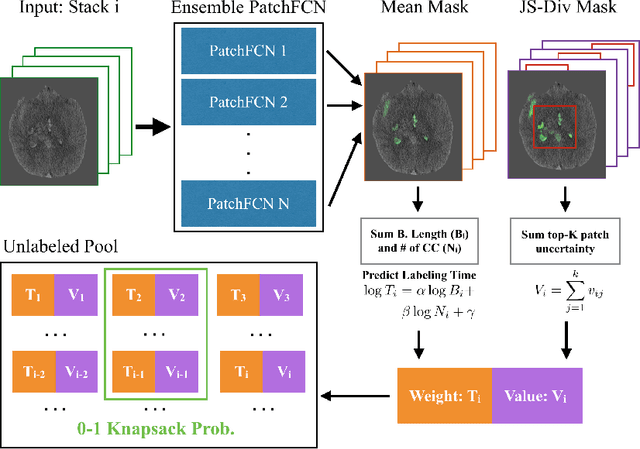

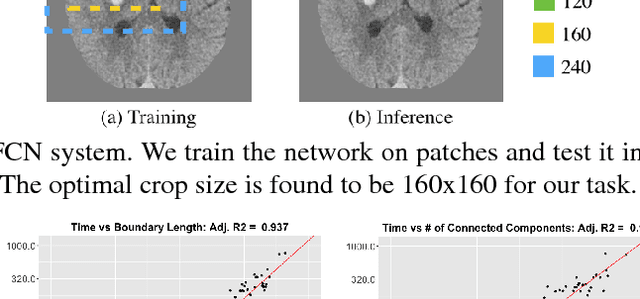
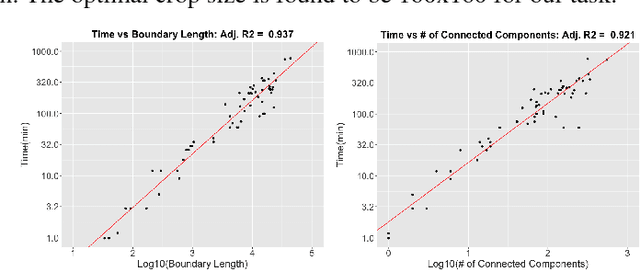
Abstract:Deep learning for clinical applications is subject to stringent performance requirements, which raises a need for large labeled datasets. However, the enormous cost of labeling medical data makes this challenging. In this paper, we build a cost-sensitive active learning system for the problem of intracranial hemorrhage detection and segmentation on head computed tomography (CT). We show that our ensemble method compares favorably with the state-of-the-art, while running faster and using less memory. Moreover, our experiments are done using a substantially larger dataset than earlier papers on this topic. Since the labeling time could vary tremendously across examples, we model the labeling time and optimize the return on investment. We validate this idea by core-set selection on our large labeled dataset and by growing it with data from the wild.
PatchFCN for Intracranial Hemorrhage Detection
Jun 08, 2018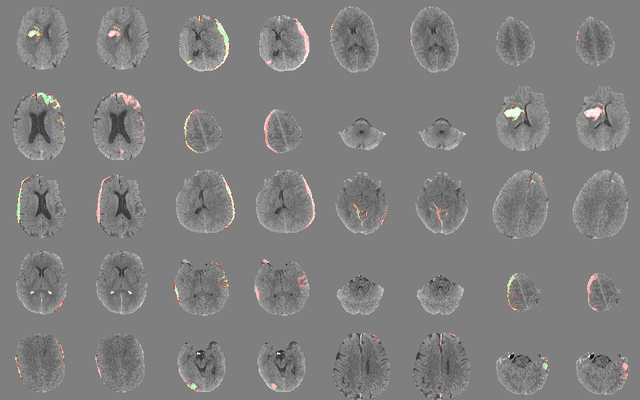
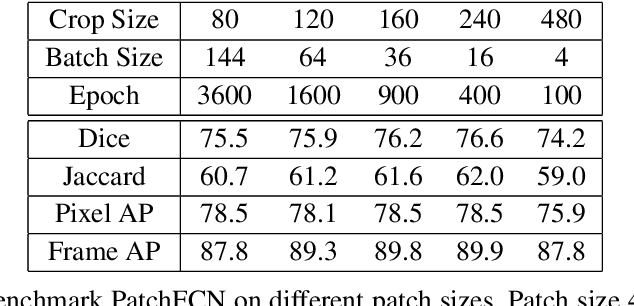
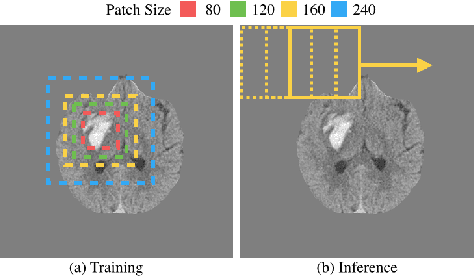

Abstract:This paper studies the problem of detecting acute intracranial hemorrhage on head computed tomography (CT) scans. We formulate it as a pixel-wise labeling task of the frames that constitute a single head scan. The standard approach for this task is the fully convolutional network (FCN) which runs on the whole image at both training and test time. We propose a patch-based approach that controls the amount of context available to the FCN, based on the observation that when radiologists are interpreting CT scans, their judgment depends primarily on local cues and does not require the whole image context. To develop and validate the system, we collected a pixel-wise labeled dataset of 591 scans that covers a wide range of hemorrhage types and imaging conditions in the real world. We show that no pretraining from natural images is needed. By aggregating the pixel-wise labeling, our system is able to make region-level, frame-level, and stack-level decisions. Our final system approaches an expert radiologist performance with a high average precision (AP) of 96.5 +/- 1.3 % for hemorrhage classification on stack level while running at 23ms per frame
 Add to Chrome
Add to Chrome Add to Firefox
Add to Firefox Add to Edge
Add to Edge